Patients in the Highlands could soon get an “almost immediate” bowel cancer diagnosis as part of a pioneering trial of one tiny tablet.
In recent years medics have been using Pillcam, a swallowable device packed with cameras that takes thousands of photos as it makes its way through someone’s body.
Also known as CCE (clinical capsule endoscopy), it saves the need for “traditional” investigations like colonoscopies.
Following success in the Highlands, it’s being rolled out across the country as part of the Scotcap project.
And now a £5 million project has been green-lit to link the tech with artificial intelligence and test it with patients in the north.
Faster, cheaper and more effective
Researchers are going to use the Horizon Europe funding to develop nine different AI algorithms to help decipher the 400,000 images each pill produces.
While the pictures still need to be reviewed by trained doctors, this extra input could make the entire process faster, cheaper and more effective.
Over the next four years, teams want to demonstrate that their AI systems can analyse these images just as effectively as humans – if not better.
They’ll be working with experts at Strathclyde University, as well as teams in Norway, Greece and Spain, and testing the tech in clinical settings in the Highlands and Denmark.
Bowel cancer is the second-most common cause of cancer death in Scotland, affecting around 1,600 people annually.
Earlier this year one Aberdeen doctor warned many patients are leaving it far too late for diagnosis.
But the new technology, if successful, will allow people to be diagnosed faster, increasing their chances of survival.
In turn, this could help to reduce NHS waiting times by freeing up capacity.
Prof Angus Watson, who heads up research, development and innovation at NHS Highland, says this could be a “game-changer”.
“In the very near future patients will be able to have a CCE in their own home,” he added.
“AI will enable the images to be reported exceptionally rapidly, so the patient is able to get the result of the test almost immediately.”

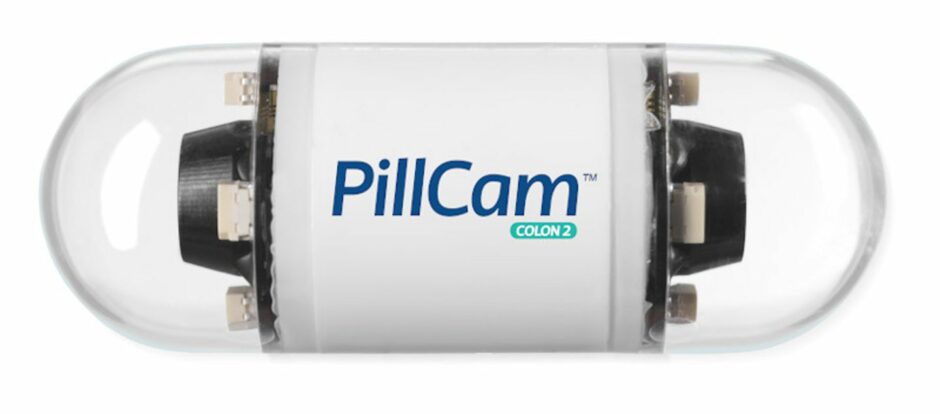
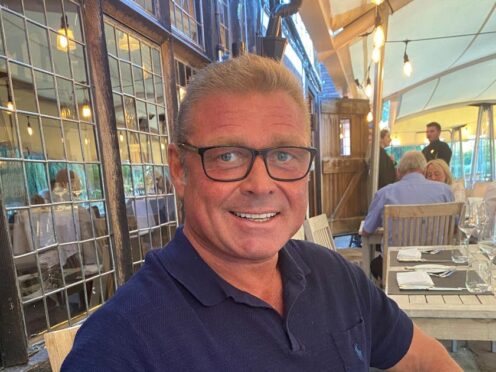
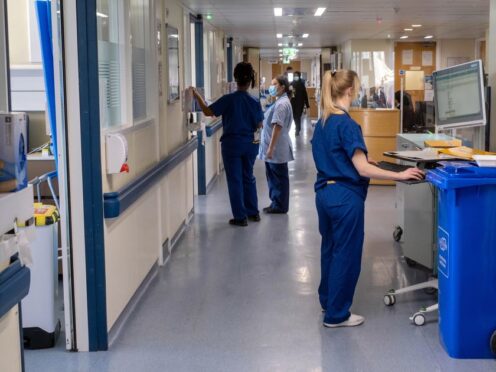


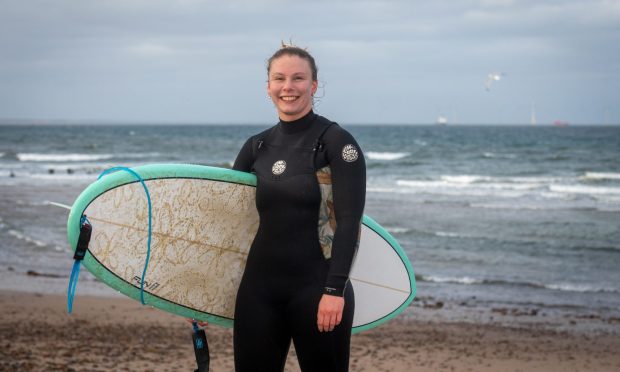
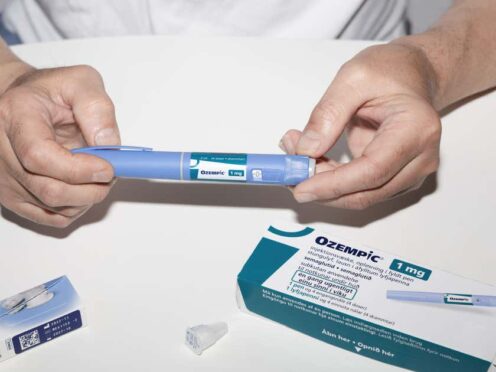
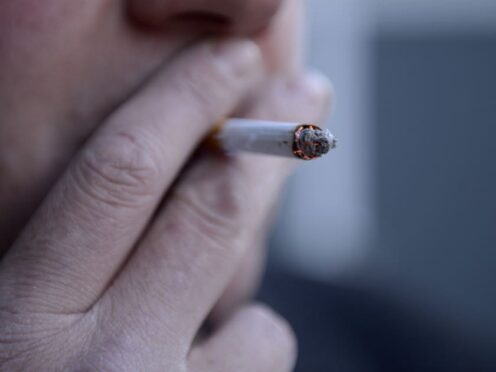
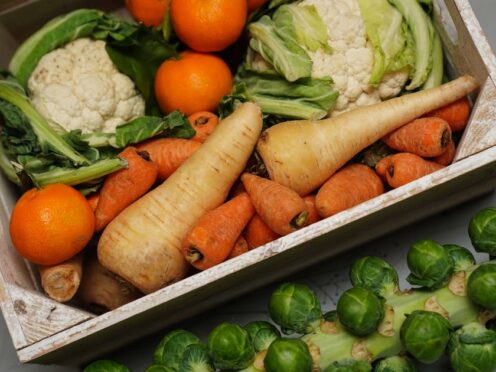
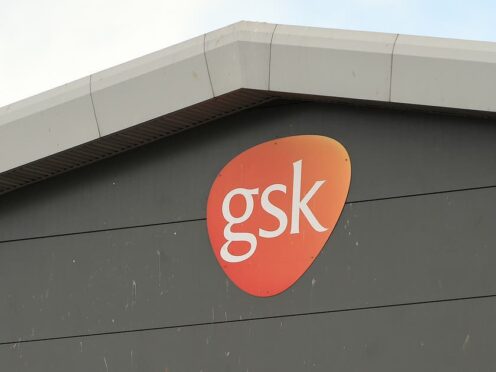

Conversation